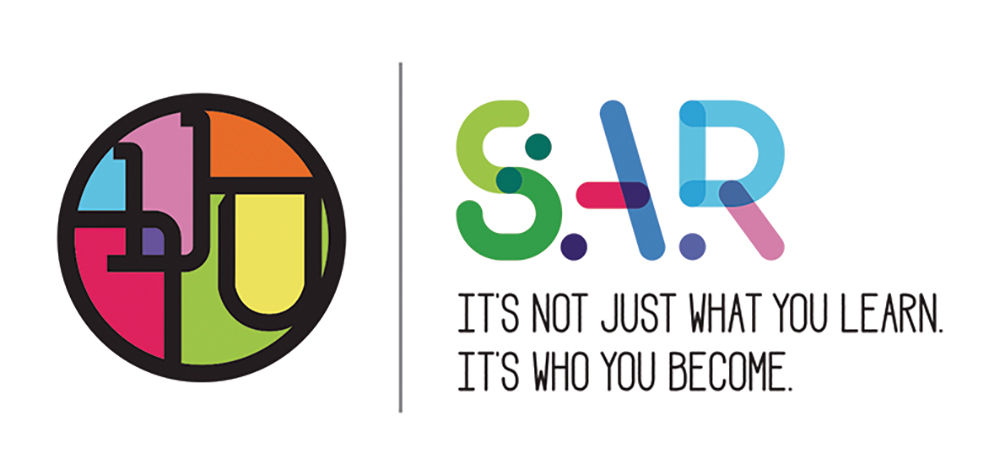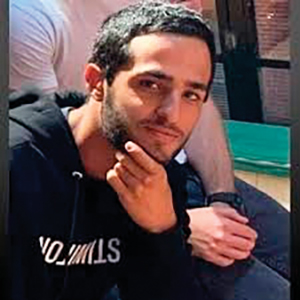With open house and registration season well underway, many parents will be hearing about and researching at least a few of the local schools, examining what makes each of them special and what sets each one apart from the others. While choosing a school for your child and your family can feel overwhelming, and it is certainly an important decision, we are blessed to live in a community where it is difficult to make a “wrong” choice.
One thing parents will likely hear at each school they visit will be the school’s approach to “differentiated learning.” Differentiated learning is an approach to education in which the providers tailor their instruction to each child’s different learning needs and which allows children to demonstrate knowledge in different forms. This approach includes meeting each child where they are, setting learning goals and methods that are appropriate for each individual, and creating assessments that match each child’s personality and abilities. It has been demonstrated to improve educational outcomes, increase student engagement, improve problem solving and creative thinking skills, and promote inclusivity and a more diverse learning environment.
Given that the benefits of differentiated learning are great and seem obvious, why isn’t it implemented in every classroom and household setting? The answer is that it is difficult and even the greatest educators and parents struggle with it. In this week’s parsha, Parshat Toldot, we are told of the birth and childhood of Yaakov and Eisav. Rashi notes in perek 25, pasuk 27 that when they were children, Yitzhak and Rivka were unable to tell Yaakov and Eisav apart. What does that mean? Any parent of twins will tell you that even when identical (which Yaakov and Eisav weren’t), they can tell their children apart; whether it is something in the eyes or that they wear different color earrings, they know which child is which.
Obviously, it wasn’t that Yitzhak and Rivka couldn’t identify which child was which. Rather, it was that they treated them as though they were the same. In his commentary, Rav Samson Raphael Hirsch is actually quite critical of Yitzhak and Rivka for failing to fully appreciate the stark differences in the nature and tendencies of their two sons. Providing two such different children with identical upbringings and education ultimately led to disastrous results. Rav Hirsch goes on to say that even someone with Eisav’s tendencies could have been won over and followed the desired path if given the proper attention and appropriate educational environment in which to learn.
To be clear, it is important to understand that when we say that Eisav could have been brought to the right path, we do not mean that with enough attention to their differences and the right educational approach Eisav could have eventually followed the same path as Yaakov, but rather that the path that he was on, with all his physical strength, energy and courage, could have been channeled in a better direction. It is important that we as educators and parents remember not only that each child is different and needs a unique educational approach, but also that what the children bring to the table, their individual personalities and abilities, are valuable and can be used to support and strengthen both that individual and the community.
In discussing this with my staff as well as with parents, I often say that in any class there are two groups of people: Group A, the group that is sitting quietly, and Group B, the noisy group. Within each of these groups there are two subgroups: Group A1 is quietly listening and absorbing the information and Group A2 is quietly thinking about what they ate for breakfast, why there is paint on their shoes and the color purple. On the other side, Group B1 is noisily engaged, calling out answers, asking lots of questions and interrupting with additional ideas, and Group B2 is disrupting by making silly noises, climbing on furniture and poking other children.
As educators we are working to turn Group 2 into Group 1, but it is crucial that we recognize that an “A” is never going to be a “B” or vice versa.
For parents and teachers, it can be hard to differentiate the needs of all the children in our care. The pull of “Well, his brother was already_____ by this age” or “All the other children are doing ______” is strong, and the need to meet social norms is understandable and at times necessary, but these ideas can quickly become harmful to those children who may need a different approach. In a classroom where teachers are trying to balance the various needs, supports and IEPs of the approximately 22 children in the classroom, some who need to sit, others to stand, some who want to have total quiet, others who work better with background noise, some who need regular breaks, and others who have trouble transitioning, differentiated learning can seem unmanageable.
The key is to ask for support: support from administrators, from peers and even from the parents in developing and setting the expectations in the classroom. Remember that a key part of differentiated learning is varied assessment; success for one is not success for another and it can be easy to forget that providing a different path but still expecting the same outcome is a disservice both to the educator and the student.
The current unit in one of my nursery classes right now is about “same and different.” We asked the students (3-4 years old) if doctors were important; the answer was a resounding “yes” — sometimes scary, but still important. We suggested that if doctors were important then perhaps we should all be doctors. At first the children were on board, but we soon discovered that this would leave us without anyone to fix our cars, grow our food, teach in our classrooms or create beautiful art. We also noted that some of us don’t like blood, think shots are too scary, and think doctors’ offices “smell funny.”
After much discussion, we decided that it would probably be better if everyone did what they were good at and that we all do different things, all of which can be important. Some note that it seems that Yitzhak did eventually recognize this in Yaakov and Eisav as well and, as they aged, began to see the distinctions between his sons. The bracha Yitzhak initially planned to give Eisav is one of physicality and power, understanding that this was where Eisav’s strengths were and hoping that they could be channeled toward goodness and light; that which he later gave to Yaakov (knowing it was Yaakov) was more spiritual. When properly directed, there is room for both.
Morah Rue Taubes is the director at Gan Rina Nursery in Teaneck. A part of Gan Rina since attending herself, Morah Rue got her degree in early childhood education and certification in behavior modification.












